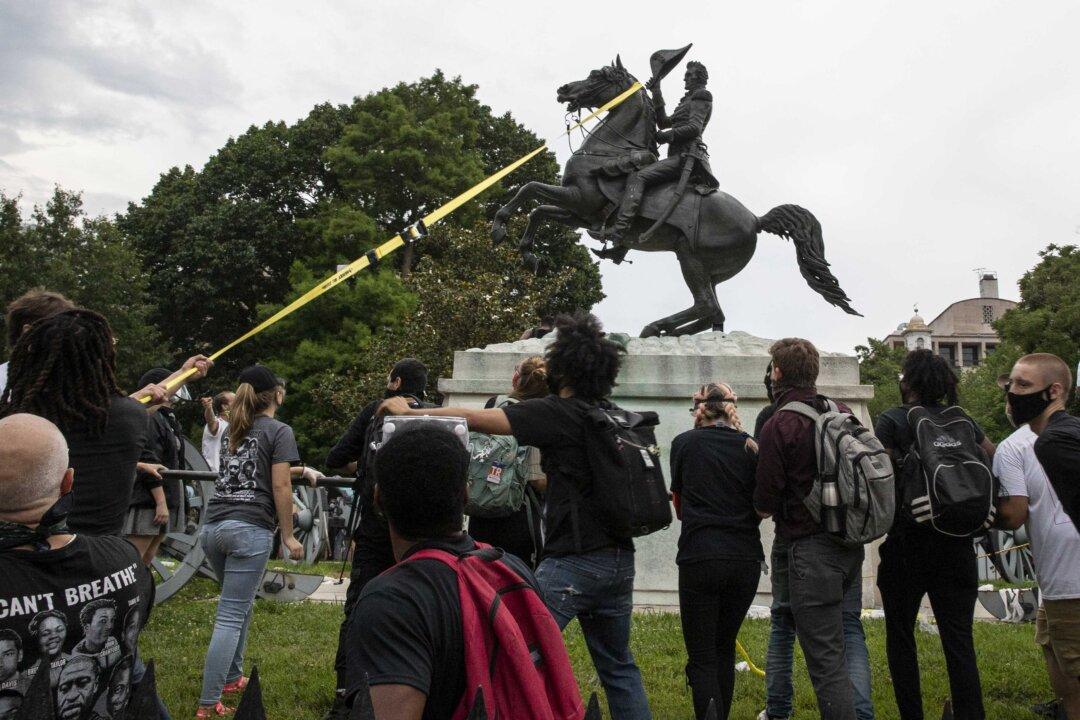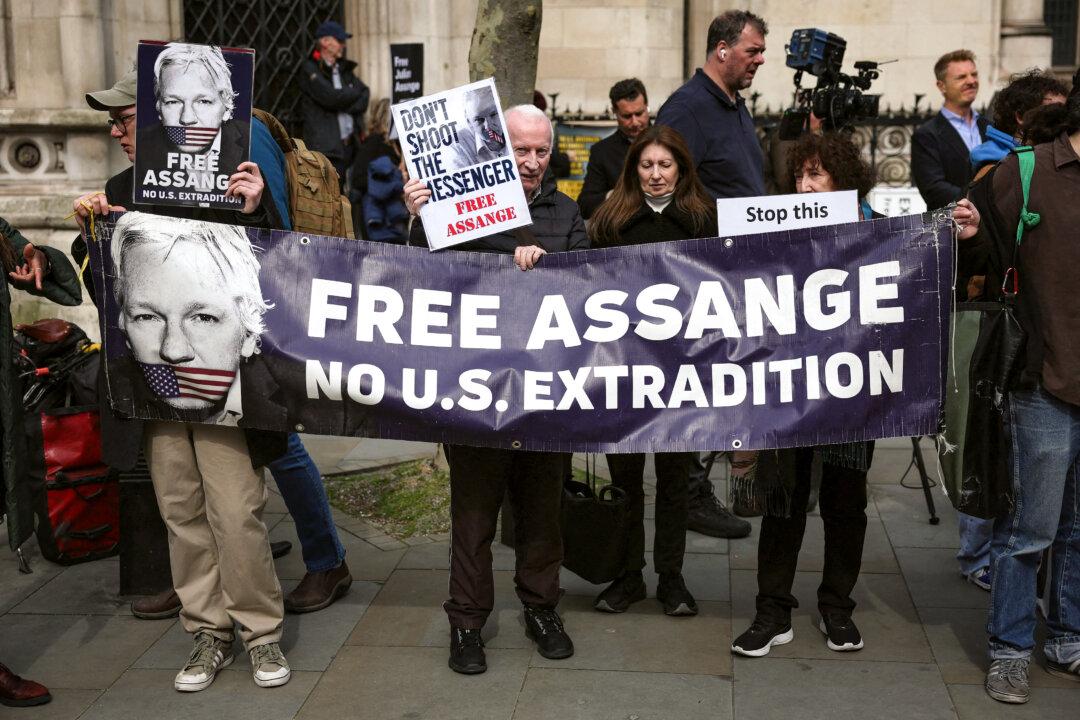Commentary
Most people believe that the study of history involves an accurate and objective description and evaluation of events that happened in the past. However, the Black Lives Matter movement, which is making headlines throughout the world, has changed this understanding of “history.”





